The 18th-century English lexicographer, Samuel Johnson, once famously remarked that “When a man is tired of London, he is tired of life.” With such a wide selection of nonfiction books on a broad range of different eras and topics, those who are interested in learning more about the long history of the UK’s capital city are unlikely ever to tire of the subject; here are 11 of our own particular favorites. Some provide invaluable insight into key moments in London’s history, whereas others focus on the city’s social and cultural heritage.
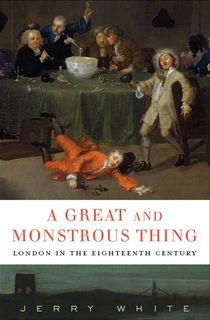
A Great and Monstrous Thing
At the start of the 18th century, London was still recovering from the devastating dual effects of the deadly bubonic plague epidemic of 1665, estimated to have claimed the lives of around one-fifth of the city’s population, and the Great Fire which immediately followed it. Jerry White’s “magisterial history” (Times Literary Supplement) charts the city’s dramatic rebirth during the 1700s, with each chapter heading taking its inspiration from one 18th-century Londoner associated with the topic under discussion.
White excels at bringing to life the world of respectable 18th-century London, which is populated by cultural giants like Samuel Johnson and Daniel Defoe (from whom the book borrows its title), as well as the middle-class bankers, shopkeepers and tradesmen. However, he doesn’t stop there, also giving the reader fascinating insight into the activities of the shadowy underclass of prostitutes, beggars and pickpockets that populated the city during this era.
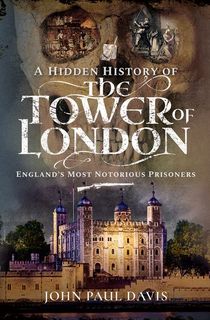
A Hidden History of the Tower of London
Dating back to the 1070s, the Tower of London has become one of the city’s most visited tourist attractions in the modern era. Yet, for many centuries the prospect of being sent to the Tower was one feared by any individual who found themselves at odds with the ruling factions of the day.
In this fascinating insight into the Tower’s history, John Paul Davis charts the progress of the iconic London landmark from its early days as a relatively modest Norman fortress through its evolution into the country’s most high-profile prison. Through the evocative stories of those who were once imprisoned there, the author vividly illustrates how the Tower developed its fearsome reputation. This expansive history also reveals how the fate of those imprisoned within the Tower’s walls often impacted the destiny of the British nation as a whole.
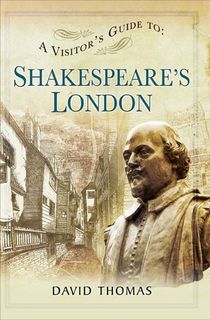
A Visitor's Guide to Shakespeare's London
Originally published in 2016 in honor of the 400th anniversary of the great playwright’s death, this imaginative guide allows us to travel back in time and relive the sights and sounds of London once experienced by Shakespeare, who largely lived in the city from 1590 onwards.
Although many of the buildings of his day have long since been demolished, several have miraculously survived and the book features specially curated tours for those looking to follow in the playwright’s footsteps. However, you don’t need to visit the city in person to enjoy this book, as David Thomas’ fresh and vibrant take on what it was like to live in late 16th-century London also excels at recreating the city’s fascinating social history during this period.
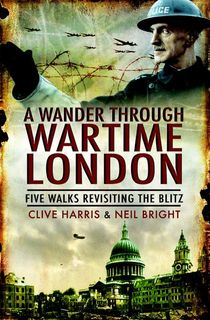
A Wander Through Wartime London
As its title suggests, this interesting book contains five suggested walks intended as a guide for those who wish to discover more about London during World War II and, in particular, the devastating effects of the Blitz. Alongside detailed maps and many evocative photographs of wartime London, the authors highlight the tangible evidence that remains of those dark days, including evidence of bomb damage, air raid shelter signs and memorials commemorating tragic events.
There is also plenty of interest for the armchair tourist in this compelling guide to the war waged in the skies above Britain’s capital city during the early 1940s.
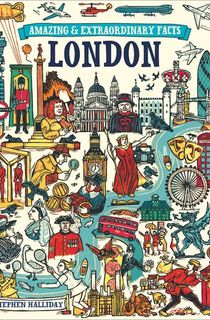
London
Stephen Halliday’s alternative guide to London is packed full of interesting and little-known facts about the city’s rich social and political history as well as its buildings. It covers a wide variety of topics, ranging from the locations of the city’s Roman ruins and hidden underground stations to the origins of Cockney rhyming slang and London’s notorious smog. This entertaining book will work particularly well for those who favor an anecdotal and trivia-based approach to their history content.
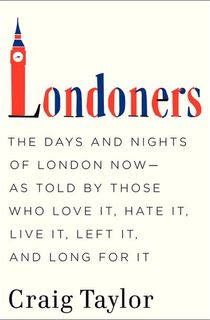
Londoners
Over the course of five years, journalist Craig Taylor interviewed a diverse range of modern Londoners to produce this “rich, satisfying tapestry of metropolitan life” (Sunday Times). These 80 London voices include men and women from all walks of life, ranging from a West End rickshaw driver to a guardsman at Buckingham Palace. Some have only come to live in the city relatively recently, whilst others have spent their entire lives in the British capital. Through each of these individuals, Taylor’s epic oral history provides fresh and original insight into just what it means to live in 21st-century London.
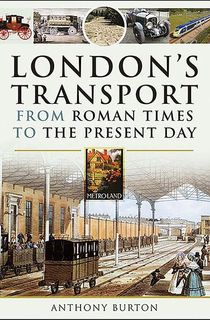
London's Transport From Roman Times to the Present Day
Anthony Burton’s unique take on London’s history explores the city’s development in the context of its ever-evolving transportation network. From the most basic horse-drawn cart to the arrival of the motor car in the early 20th century, Burton takes an in-depth look at the ways in which the city’s roads and bridge network over the River Thames evolved over nearly two millennia of history. He also reveals how London’s transport infrastructure was transformed by the arrival of the railways in the early 1800s, as well as looking at more modern developments such as air travel and the introduction of driverless trains.
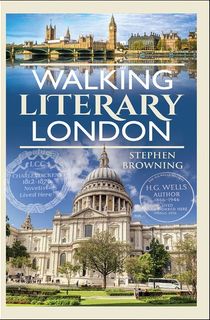
Walking Literary London
Accompanied by detailed maps and an interesting selection of photographs, Stephen Browning’s fascinating guide to London’s extraordinarily wide-ranging literary heritage consists of 10 cleverly designed walks, each focusing on a different part of the capital. Browning leaves no stone unturned in his attention to detail, combining stories about London’s best-known literary figures with those authors whose work has been largely forgotten today. Walking Literary London makes a perfect tourist guide, but it will also be of interest to anyone wishing to discover more about the city’s rich literary heritage.

London: A Biography
First published in 2001, Peter Ackroyd brings the long history of his home city vividly to life in this exhaustively researched biography. Rather than adopting a chronological approach to his subject, Ackroyd dedicates each chapter to a different topic, enabling the author to incorporate an exceptionally diverse range of themes into his history. Yet he also excels at skillfully weaving the story of London’s past and present into a cohesive whole.
The Independent on Sunday (UK) described Ackroyd’s London: The Biography as “a fan-letter to a fabulous city…as exuberant, energetic and alarming as the city itself”.
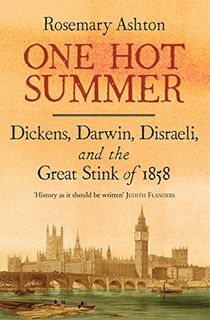
One Hot Summer: Dickens, Darwin, Disraeli, and the Great Stink of 1858
The summer of 1858 in London is best remembered for an environmental crisis dubbed the Great Stink, the result of unusually warm temperatures which brought to a head the long-criticized unsanitary practice of dumping the city’s raw sewage in the River Thames. The Great Stink proved to be a major factor in the development of a revolutionary new sewage system which changed the city’s landscape forever. In this fascinating microhistory, Ashton reveals how that summer also proved to be a turning point in the lives of three of the city’s most famous residents—Charles Dickens, Benjamin Disraeli, and Charles Darwin.
Alongside her in-depth investigation into the personal histories of these giants of the Victorian era, Ashton brings vibrantly to life the experiences of long-forgotten ordinary Londoners during the Great Stink, “unearthing and explaining the daily distractions of the nose-holding populace over the course of the summer” (Wall Street Journal).

The Five: The Untold Lives of the Women Killed by Jack the Ripper
The horrific Whitechapel murders of 1888 shocked Victorian London and speculation as to the identity of the serial killer, nicknamed Jack the Ripper, continues to this day. Yet, for all the many books which have been written about one of the most infamous crime waves in London’s history, his five victims have largely remained a footnote to the story, rarely meriting a mention beyond the forensic details of their death.
Hallie Rubenhold’s multi-award-winning The Five aims to redress the balance, focusing for the first time on the backstories of the Ripper’s unfortunate victims. Along the way, she brings their experiences vividly to life, such as those of the third victim, Swedish-born Elizabeth Stride (née Gustafsdotter), who had once run a coffee house with her husband before falling on hard times. Acclaimed as a “significant study of how poor and working-class women subsisted in an unforgiving age” (New York Times Book Review), Rubenhold’s fascinating biography reveals how all five women ended up destitute and living in one of the most deprived parts of London, despite coming from a surprisingly diverse range of backgrounds.
This post is sponsored by Open Road Media. Thank you for supporting our partners, who make it possible for The Archive to continue publishing the history stories you love.



